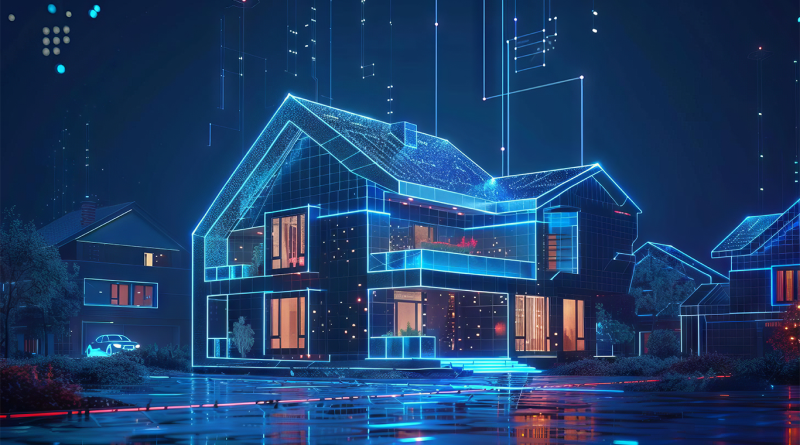AI Revolutionizes Architecture: Efficiency at What Cost?
Artificial intelligence (AI) is revolutionizing numerous industries by taking over repetitive, time-consuming tasks, and nowhere is this transformation more evident than in architecture. AI tools are now capable of generating detailed designs, spotting construction errors, and optimizing building plans in minutes, tasks that previously took architects hours or even days to complete. As we look into the integration of AI in architecture, it’s essential to explore not only its incredible capabilities but also the potential costs and challenges associated with its adoption.
The Capabilities of AI in Architecture
AI’s impact on architecture is profound, offering tools that can significantly enhance efficiency and productivity. Technologies like Autodesk’s Generative Design and Hypar’s automation tools allow architects to input specific project parameters and quickly generate multiple design options. These tools can evaluate designs against various criteria, including cost, sustainability, and aesthetics, providing architects with a range of optimized solutions to choose from.
The benefits are substantial. AI can reduce the time required for tedious tasks, allowing architects to dedicate more time to creative and strategic aspects of their projects. This increased efficiency can lead to cost savings, improved resource management, and the ability to handle more projects simultaneously. Moreover, AI can help identify potential construction errors early in the design process, minimizing costly mistakes and delays during construction.
The Human Element in Architectural Design
Despite the remarkable capabilities of AI, there are significant concerns about its impact on the architectural profession. Critics argue that while AI can handle technical tasks, it lacks the creativity, vision, and human touch that are essential to architectural design. There is a fear that overreliance on AI could lead to a homogenization of designs, stripping buildings of their uniqueness and cultural relevance.
The rise of AI in architecture raises concerns about job displacement. As AI takes on more tasks traditionally performed by architects, there is a growing worry about the potential loss of jobs within the field. This shift could lead to a reduction in the demand for human architects, especially for tasks that are easily automated by AI technologies.
Financial and Ethical Considerations
The financial implications of adopting AI in architecture are significant. AI tools often come with high upfront costs, which can be a barrier for smaller firms that may struggle to keep up with the latest technological advancements. This disparity could widen the gap between large, well-funded practices and smaller firms, potentially leading to a more uneven playing field in the industry.
Moreover, there are important ethical and legal considerations to address. Questions about liability arise when AI-generated designs are used — who is responsible if an AI-designed structure fails? Additionally, copyright laws must evolve to account for designs created by algorithms, raising complex legal issues about ownership and intellectual property.
The Future of Architecture
Despite these challenges, the integration of AI in architecture presents numerous opportunities. By automating routine tasks, AI allows architects to focus more on the creative and strategic elements of their work. This shift can enhance the quality of architectural designs, as architects can dedicate more time to innovation and conceptual development.
AI also has the potential to improve the accuracy and efficiency of construction, leading to cost savings and better resource management. Furthermore, AI can democratize design by making advanced tools accessible to a broader range of practitioners, including those who may not have extensive formal training.
As AI continues to evolve, the architecture industry must navigate a complex landscape of technological advancements, professional ethics, and economic realities. The key will be finding a balance that leverages the benefits of AI while preserving the essential human elements of architectural design.
Sources:
